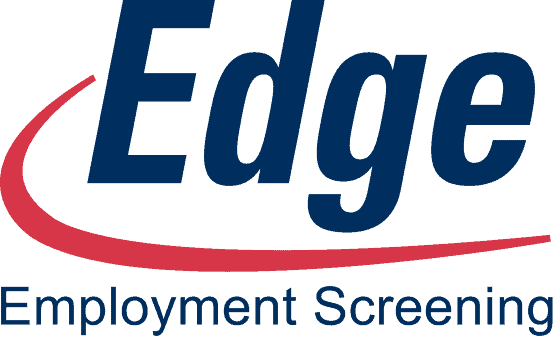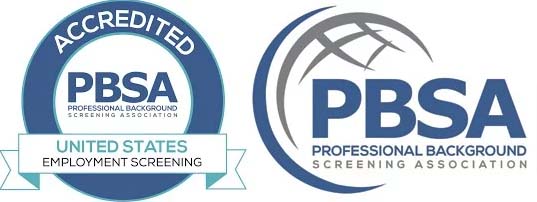Blind recruitment is an increasingly popular practice that can be used in many different job search scenarios. It helps companies eliminate bias, both conscious and unconscious, when making hiring decisions. It also gives applicants the opportunity to be considered for a position without their outside characteristics influencing the decision-making process. Many companies are using blind recruitment in their search efforts and are saying positive things about it. So what is it? And how do you implement it?
How does blind hiring work?
By omitting information such as name, gender, religion, or socioeconomic background, blind recruiting decreases prejudices during the talent acquisition process. It also eliminates factors like academic credentials and experience, implying that individuals are evaluated primarily on their abilities rather than their background. In theory, by removing the factors that may contribute to a biased hiring decision, organizations can ensure they are picking the best candidates for their vacant jobs.
Blind hiring is most commonly used when removing names, candidate addresses, and schools attended from resumes, or in pre-employment testing, when data about applicants’ skills and characteristics is gathered through assessments and the results are compared to pre-set benchmarks.
There are various advantages to having a more diverse workforce, including gaining a better understanding of your customers, enhancing team performance, and increasing your ability to retain top talent. Being transparent about your commitment to diversity – for example, by using blind hiring practices – may benefit your employer brand.
What are the finest blind hiring practices?
You may implement blind recruiting practices in your business in a variety of ways. Here are a few of the greatest.
1. Use comprehensive and inclusive job descriptions
Create inclusive job descriptions that attract people from different backgrounds to apply. Avoid incorporating gender or other prejudices into your job descriptions. While using “he/she” may appear to be inclusive, using more generic phrases such as “the perfect applicant” is really preferable.
2. Choose which demographic information to conceal
Determine whether there is information unique to your application procedure that might lead to unwarranted prejudice throughout the hiring process. Male and female job candidates’ resumes differ in lexical, syntactic, and semantic terms. While this data is impossible to conceal, it is important to be conscious of the bias it may introduce into the hiring process.
3. Collect important information about your prospects’ abilities
Pre-employment examinations, best facilitated by a Pre-employment Background Check Company, enable you to obtain information about your candidate’s competencies, as well as softer skills such as teamwork and integrity, personality traits, and even company culture preferences. Having candidates take these tests early in the employment process might assist you in making less biased hiring judgments.
4. Consider making early interviews anonymous
An anonymous interview can be conducted in a variety of ways. One method of eliciting replies is to email applicants a Q&A form to complete. You may also include a live chat function to help engage your prospect in dialogue. You may also consider taking an employment background screening company to do this for you. You’ll need to meet with your prospects in person sooner or later (after all, you need to know who you’re employing), but anonymizing the initial interview will help verify you’ve chosen the best individuals without prejudice.
Bonus tip to prevent hiring bias: Have a recruitment panel that includes a mix of men and women, ethnic diversity, and a diverse age range, or consider hiring a pre-employment background check company to handle this for you.
Conclusion
In order for hiring to become more efficient and equitable, blind recruitment will need to be implemented across industries. By no longer using resumes as the primary screening tool, companies can diversify their applicant pools and save valuable time on the selection process. If you are interested in learning more about how blind recruitment works and how it could benefit your organization, please contact us today.











